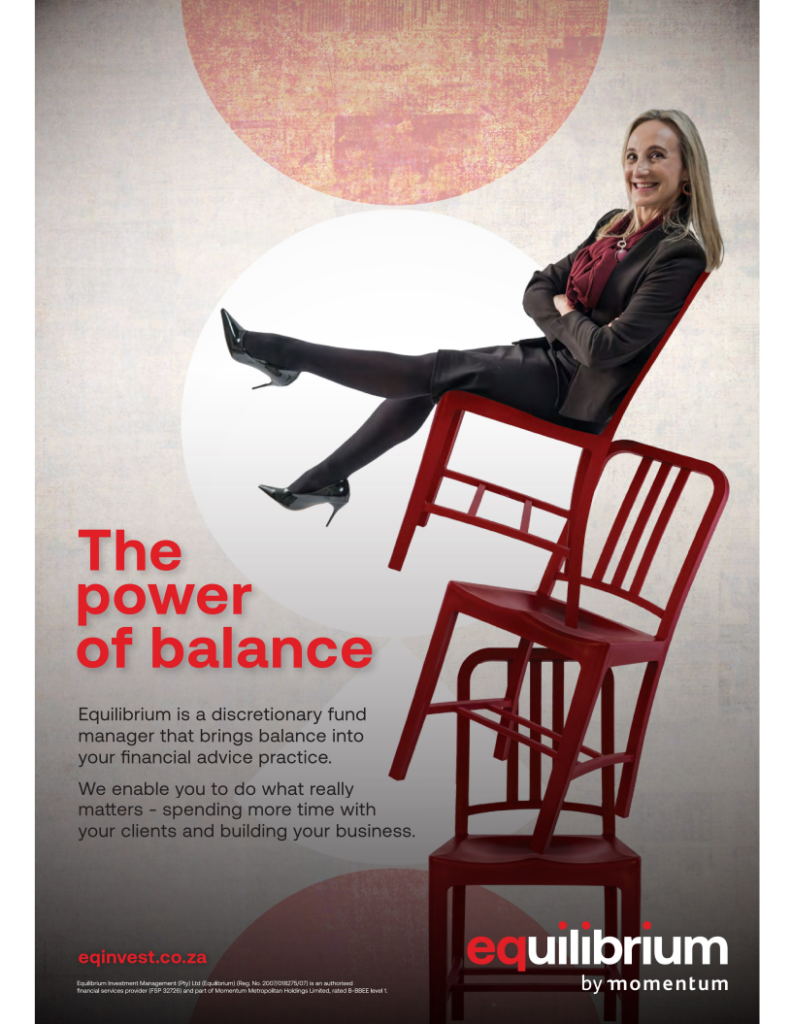Bongani Dladla is the acting CEO of the Construction Industry Development Board

The devastating floods in KwaZulu-Natal should focus renewed attention on the contribution that the construction and engineering sectors can make to provide sustainable shelter for marginalised communities.
“Build back better” has become a core theme of government’s efforts to reshape South Africa’s socio-economic landscape in the wake of the revelations about state capture, the sharp economic downturn, and the ravaging impact of a global pandemic.
The phrase takes on a deeper meaning in a wake of natural disasters that wreaked havoc on low-income communities, claimed the lives of hundreds of people, destroyed infrastructure, and will cause untold hardship in the region for months to come.
The South African construction and engineering sectors should come forward to contribute to the rebuilding efforts and to offer their expertise to decision-makers on how future calamities can be mitigated.
This can be achieved by both large and established companies within the sector as well as emerging enterprises that are often rooted within communities and have extensive knowledge and expertise about practical solutions that can be implemented to ensure higher levels of sustainability.
The Construction Industry Development Board – cidb – can play a pivotal role through our actions to promote effective and efficient infrastructure delivery extensive database of research material on construction and engineering in a developing economy.
In recent months the cidb has become an important clearing house for research on the benefits that can be derived from 4th industrial revolution trends and the application of green technologies in the building industry. Such research complements our primary mission to transform the construction sector through inclusivity, high ethical standards and championing the participation of emerging contractors.
Sadly, the urban profile that has developed over decades in the flood-afflicted areas around eThekwini has become a feature of many cities on the African continent and in the rest of the developing world. Nearly a quarter of the South African population live in informal settlements. People build structures on open spaces that are located close to economic opportunities.
A growing number of informal settlements are springing up in risky areas that are vulnerable to flooding, landslides, and other natural disasters. Moreover, such settlements lack access to basic amenities such as storm water drainage, well-constructed roads, waste removal services and other basic municipal services.
This situation is replicated across the African continent. In a recent study the non-profit organisation, Habitat for Humanity, concluded that floods and droughts, taken together, account for 80% of deaths and 70% of economic losses linked to disasters in sub-Saharan Africa. Recovery from such disasters is costly and takes long to achieve. The provision of temporary shelter, housing repairs and the replacement of household goods represent at least 50% of total post-disaster recovery costs.
As we brace ourselves for the next wave of extreme weather it makes sense that we start planning for worst-case scenarios. Across the globe home builders and public sector regulators are looking at enterprising solutions to improve the ability of homes to withstand future natural disasters.
This will require a “whole-of-society” approach. The different spheres of government will have to improve their planning processes to guide future housing development and to bring communities closer to economic opportunities in a more structured manner. Communities should be better informed about the dangers inherent to building structures on steep slopes or within low-laying flood plains.
Following his visit to the flood ravaged areas, President Cyril Ramaphosa made it quite clear that there will be a renewed focus on the performance of local government in the delivery of services such as sanitation, waste removal and road construction – all factors which aggravated the impact of the floods.
But this is also an opportunity for the construction and engineering sectors to come up with technological solutions which can contribute towards more resilient structures. The reality is that materials used in the building of houses in low-income settlements are mostly substandard and not able to withstand recurring floods. Access to good quality building materials depends on income levels, and low-income communities living in flood-prone areas mostly use substandard building materials to construct their dwellings.
Recent advances in construction technologies and building materials offer affordable solutions to such communities. Across the globe, the industry is increasingly looking for measures which utilise low-cost technologies and require low technical skills. The emphasis is on the utilisation of existing skills and resources within communities to produce resilient building materials.
The South African construction and engineering sectors should be leading research in these fields and offer their technical know-how and skills in finding solutions. This knowledge is also found within emerging enterprises where contractors have acquired vital experience through their participation in local construction activities.
The cidb – as a body which promotes the interest of the emerging construction sector – can play a vital role as a clearing house for research and knowledge and by ensuring small and medium enterprises play a critical role in the reconstruction of disaster-affected areas.


